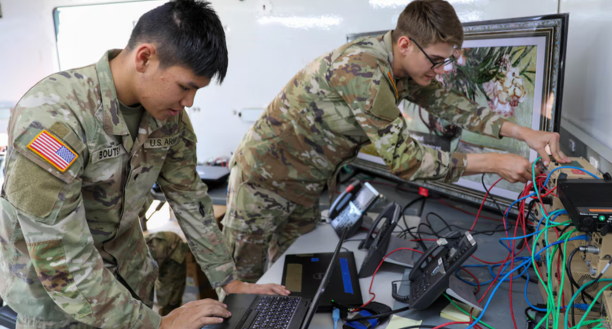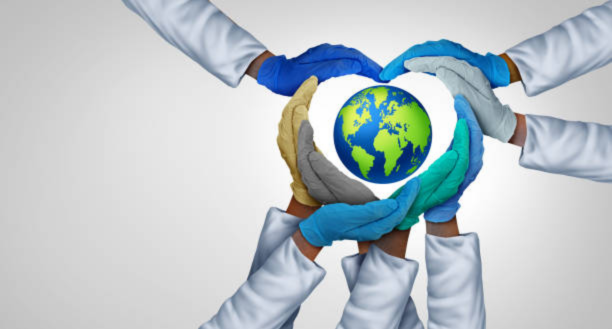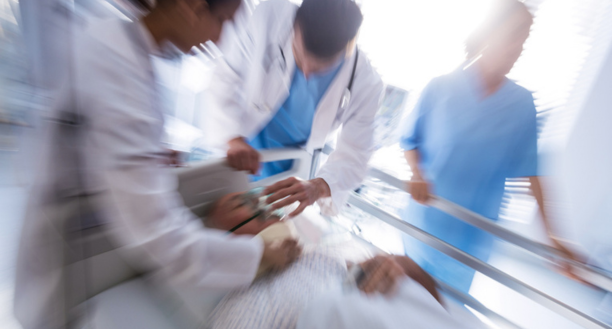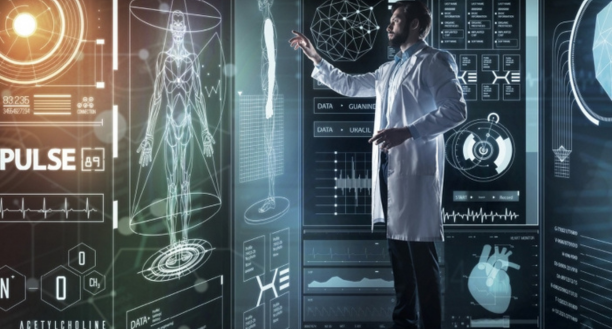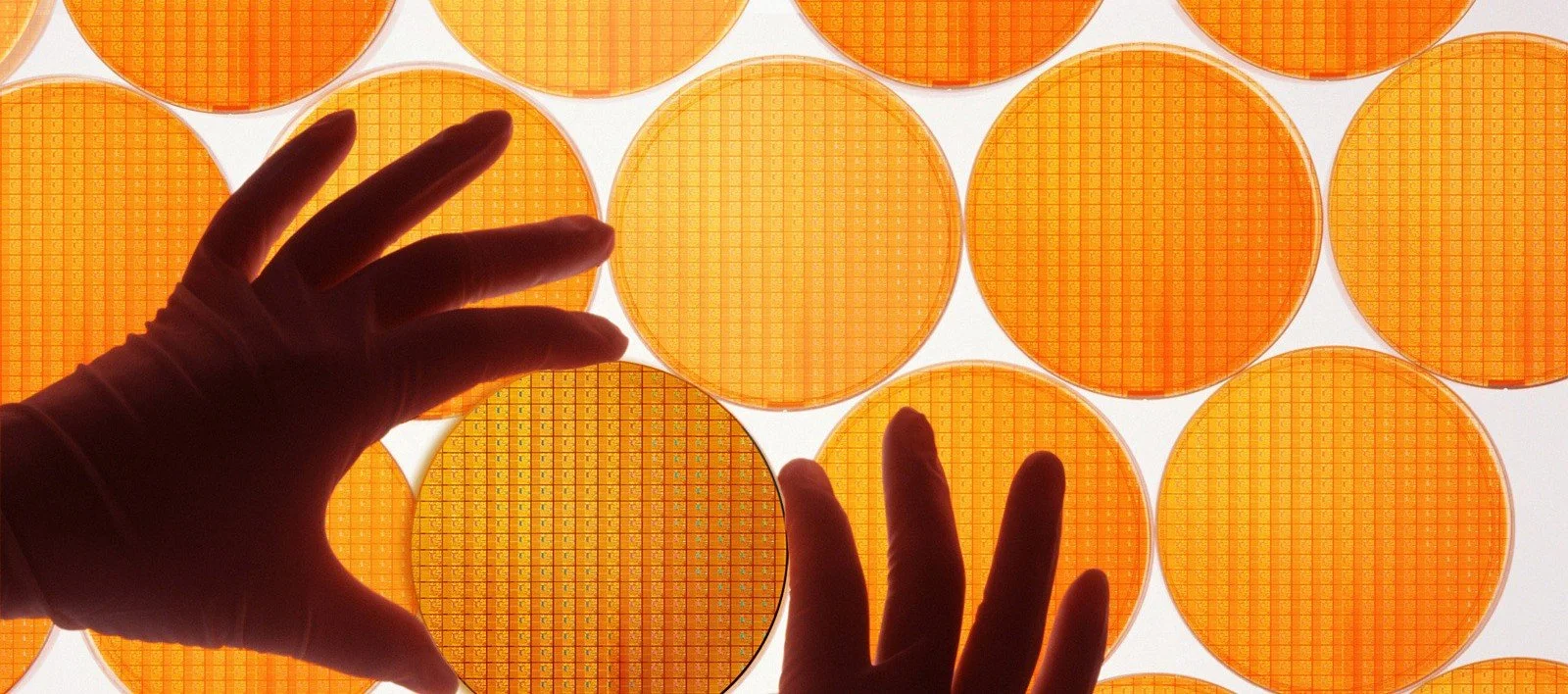Innovating the Future
From space medicine to national defense, DMI creates, engineers, and develops transformative solutions to problems that require pathbreaking approaches.
What We Specialize In
Defense
We have unique understanding and insight into human performance at their extremes. Novel, innovative are required given the unique.
Global Health
DMI is committed to providing low-cost, cost-effective tools, diagnostics, vaccines, and therapeutics for global health.
Emergency & Critical Care
Access to medical information and technologies in times of emergencies and critical situations can positively influence an outcome significantly.
Space Medicine
Spaceflight has unique challenges to human physiology and medicine. The confined environments, zero gravity, radiation exposure.
We believe in improving human health and alleviating human suffering through innovative products and research. Patients come first. Technologies and innovations are developed to help those afflicted of disease. Unique attention is given to research and technologies that can have a broad impact and be deployed in all socioeconomic areas of the world.
We believe in taking care of those around us, not only through technology, but also through integrity, dignity, and responsibility. Our employees are our greatest resource and we give them respect, opportunity, and a fostering environment. We take the same approach in our daily interactions with end-users, collaborators, and business partners.
Our Beliefs
Company Overview
The DNA Medicine Institute is a med-tech incubator, venture investor, laboratory, biotechnology, and engineering services provider. We specialize in advanced product development, biomedical research, and advanced engineering development. We bring products to market in a streamlined manner. We have cross-functional expertise in various disciplines of science and engineering. This allows us to identify risks early in biomedical technologies and create executable plans that lead to exciting and marketable products. Our deep expertise in integration is one of our core hallmarks.
Our Mission:
To empower clinicians, astronauts, national security, and communities with the best and innovative technology. This is done through interdisciplinary integration of science, biology, and all fields of engineering to create transformative solutions.
Our Vision:
A future in which innovation follow the person, not the patient; where health and security is continuously observable, wherever one is — from homes to remote clinics to space stations, DMI strives to be the catalyst that transforms how people access and act upon critical data.
Our Identity
DNA Medicine Institute is a leading med-tech incubator, biomedical technology innovator, and engineering services provider founded in 2004. We combine deep scientific expertise with cutting-edge engineering to create systems that transcend conventional boundaries— enabling applications in health, space, defense, and biotechnology. At DMI, innovation isn’t just an aspiration—it’s our core identity.
What We Do (Our Capabilities)
Platform Technology Development: Our capabilities allow for fully integrated platform-technology development. For instance, we developed the rHEALTH technology which was validated in microgravity and clinical settings. We leverage a cross-disciplinary, high quality approach that results in robust technologies.
Biomedical R&D & Validation: Rigorous testing through NASA’s FAST parabolic flights, ISS experiments, and NIH & SBIR funded research ensures our technologies meet the highest standards.
Productization & Translation: We move way beyond prototypes—spinning off market-ready solutions and collaborating with partner organizations to bring diagnostics into real-world use. These solutions are scalable, robust, and operate in extreme environments.
Spin-outs & Commercial Partnerships: We incubate, license, and co-develop technologies with mission-aligned organizations to maximize reach and impact.
Our Track Record & Recognition
NASA & Space Missions: rHEALTH ONE’s successful deployment on the International Space Station validates our performance in zero gravity.
Reduced-Gravity Testing: Our devices have consistently operated under zero-G, lunar, and hyper-gravity (1.8 G) conditions in parabolic flight experiments.
SBIR & NIH Awards: Multiple grants and contracts supporting critical care, space diagnostics, and point-of-care innovations.
XPRIZE & Other Competitions: Finalist in XPRIZE challenges, recognized for excellence in diagnostics innovation and sensing technologies. DMI
Words from Our Partners
Partner and Client

